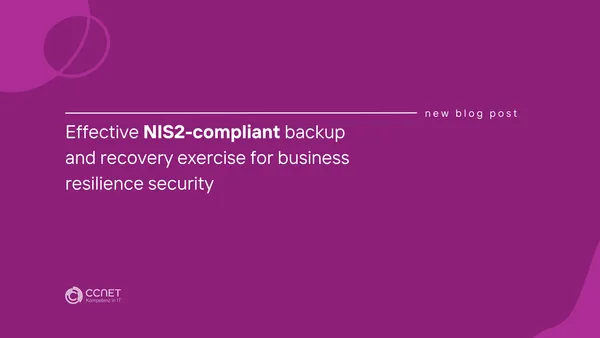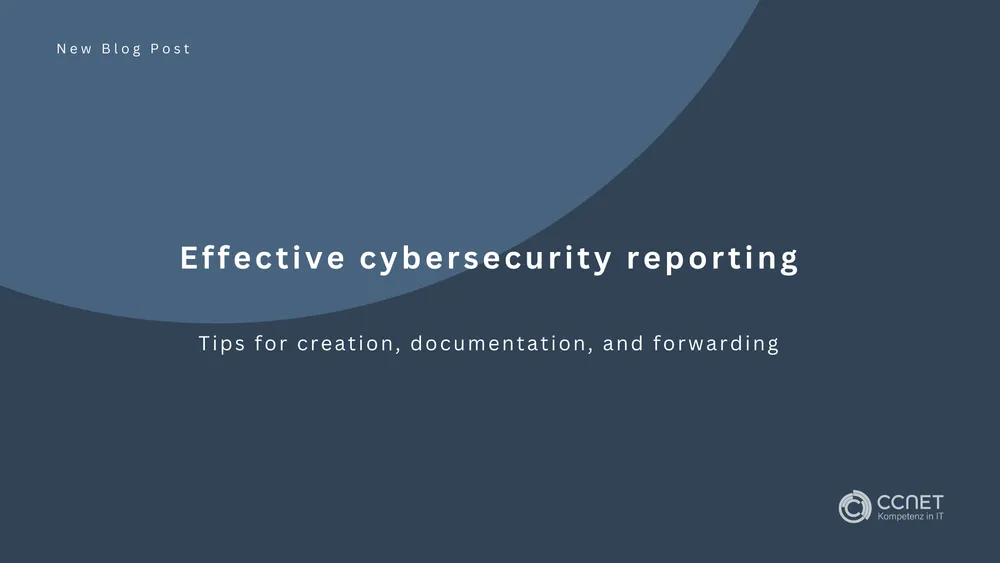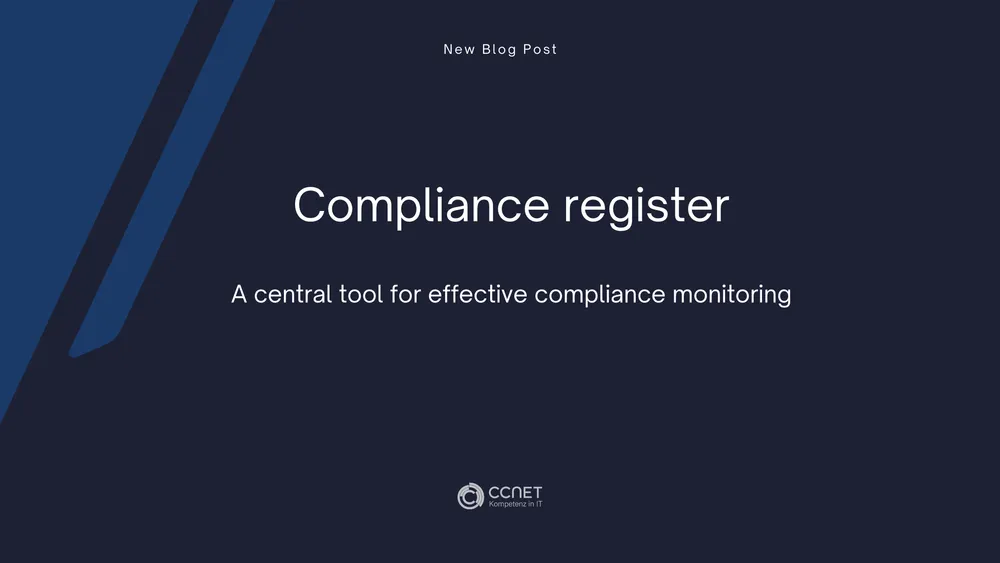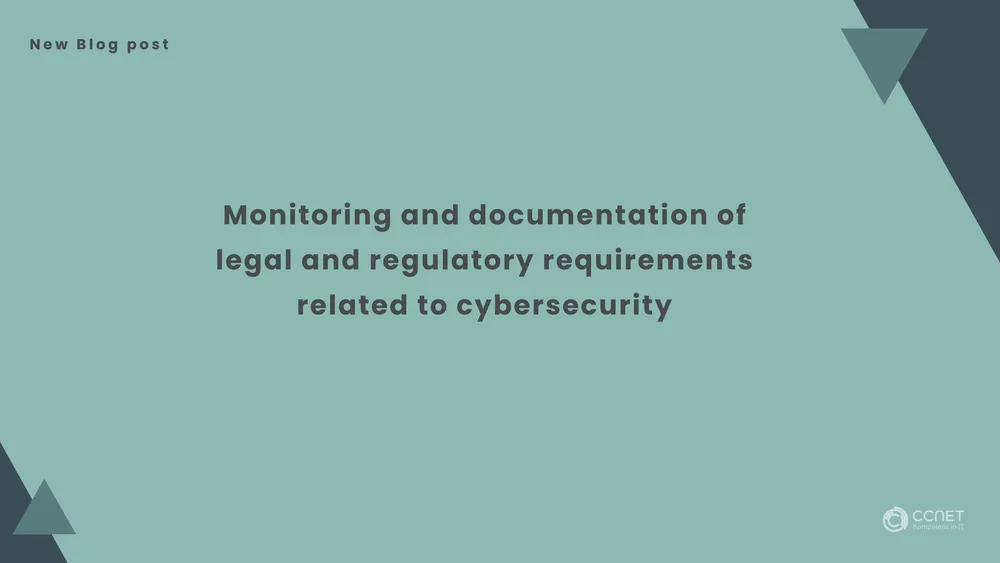
CCNet
Mar 14, 2025 • 3 min read

Effective NIS2-compliant backup and recovery exercise for business resilience security
Effective NIS2-Compliant Backup Recovery Exercise to Ensure Business Resilience
A backup recovery exercise is essential to test the recovery processes and ensure that data and systems can be restored quickly and fully in the event of a failure. The exercise simulates a real-life scenario, allowing potential weaknesses to be identified and improvements made.
Preparation Phase
Selection of the Exercise Team
The team includes the IT Administrator, IT Security Officer, Business Continuity Manager, and department heads of the affected systems. Each role has specific responsibilities, ranging from technical recovery to monitoring the exercise.
Preparation of the Test Environment
An isolated test environment simulating the production system is created. This ensures that the exercise does not affect the ongoing business operations.
Verification of Backups
Before starting the exercise, it is ensured that current and intact backups are available. The integrity of the backups is crucial to the success of the recovery.
Execution Phase
Start of the Exercise
The Business Continuity Manager gives the go-ahead for the exercise and ensures that all team members are informed about their tasks.
Execution of the Recovery
- Simulated System Shutdown
The ERP server is shut down in the test environment to simulate a complete system failure. - Selection of the Backup
The most recent full backup, including the server image and database, is selected for recovery. - Restoration of the Server Image
The central server image is restored to a new virtual machine, with the operating system and ERP application verified and made operational. - Database Restoration
The ERP database is restored from the backup. Data integrity is checked to ensure that all transactions up to the backup point are correctly present. - Functionality Testing of the ERP System
After the restoration, the ERP system is tested for full functionality. User logins, order processing, and other business processes are simulated to ensure everything works properly.
Monitoring and Evaluation
The IT Security Officer monitors the entire exercise, documents all steps taken, identifies issues, and measures the recovery time.
Feedback and Debriefing
After completing the exercise, a debriefing is held. All participants share their experiences and provide feedback to identify areas for improvement in the backup and recovery process.
Documentation
A detailed final report is created summarizing the procedures, results, issues, and recommendations. This report is submitted to management for review.
Follow-Up
Implementation of Improvements
The insights gained from the exercise are used to optimize the processes for backups and recovery. The goal is to fix weaknesses and increase the efficiency of recovery processes.
Training and Awareness
IT personnel are regularly trained to ensure that all employees understand the procedures and actions required during a recovery. The exercises also help raise awareness of the importance of backups.
Continuous Improvement
Backup recovery processes are continuously reviewed and improved to ensure that company data is protected and the ERP system can be quickly restored. New technologies and threat scenarios are integrated into ongoing optimization.
Regularly conducting such exercises not only strengthens security measures but also ensures that a company remains operational even in an emergency. A comprehensive backup recovery plan provides security, builds trust, and ensures that companies can respond efficiently to threats without jeopardizing business operations.
Conclusion
Regular and carefully conducted backup recovery exercises are an essential component of corporate security. They ensure that in an emergency, the company's data and systems can be quickly and completely restored. Systematic planning, monitoring, and debriefing of exercises allow for the identification of vulnerabilities and targeted optimizations. This not only strengthens the company's resilience but also creates a high level of confidence in its recovery capabilities. A well-defined and regularly tested backup recovery plan ensures that the company is always prepared to respond flexibly and efficiently to failures or attacks.


